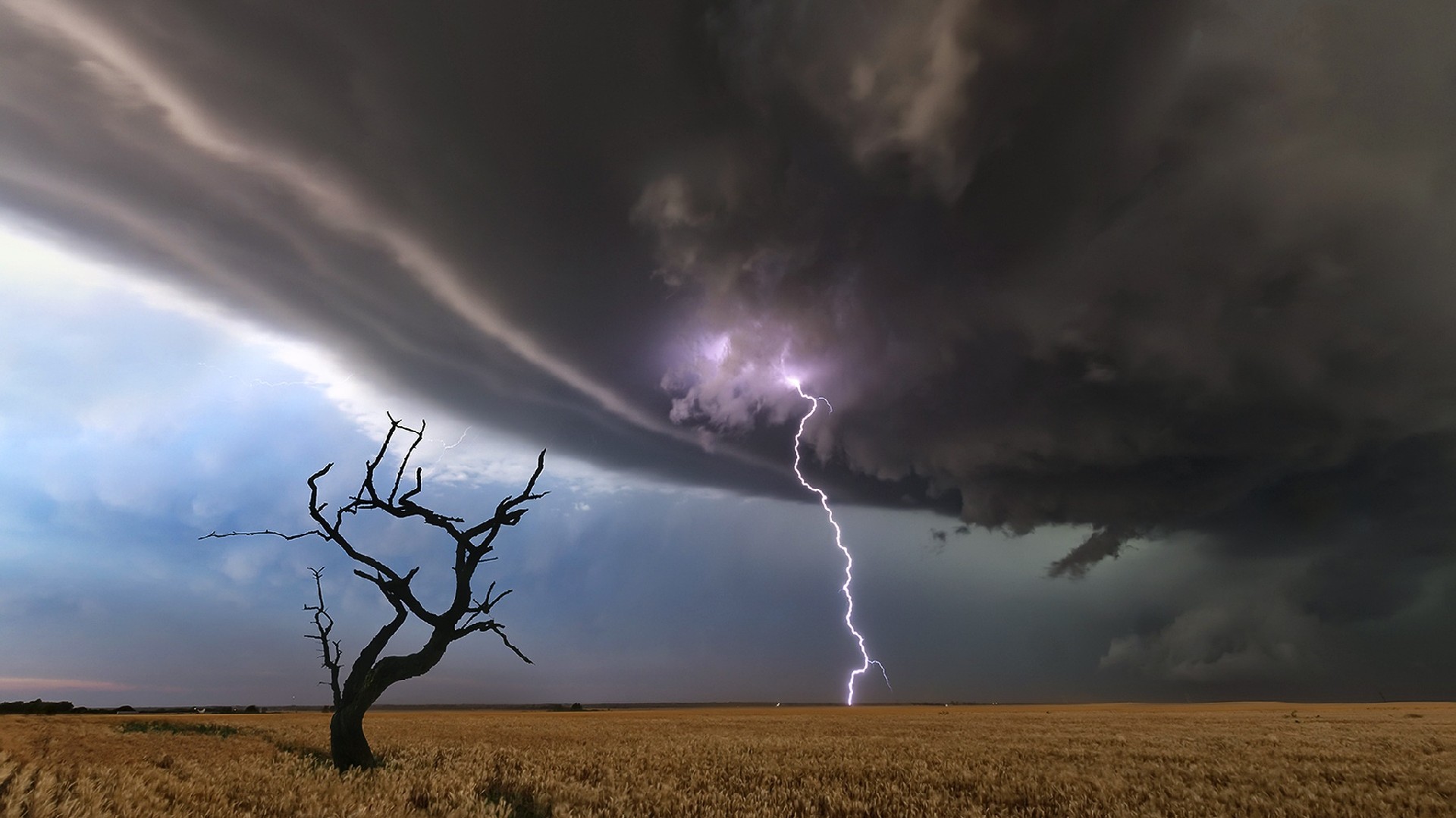
#BlackInPhysics Celebrating Black physicists and revealing a more complete picture of what a physicist looks like.Artificial intelligence Explore the ways in which today’s world relies on AI, and ponder how this technology might shape the world of tomorrow.Collections Explore special collections that bring together our best content on trending topics.Innovation showcases A round-up of the latest innovation from our corporate partners.Projects and facilities Follow the latest progress at the world’s top scientific experiments.Policy and funding Understand how emerging policy changes could affect your work and career.Education and outreach Learn about novel approaches to educating and inspiring the scientists of the future.Business and innovation Find out how recent scientific breakthroughs are driving business innovation and commercial growth.Impact Explore the value of scientific research for industry, the economy and society.Personalities Find out who’s doing what in industry and academia.Interviews Discover the views of leading figures in the scientific community.Opinion and reviews Find out whether you agree with our expert commentators.Careers Consider your career options with valuable advice and insightful case studies.People Meet the people behind the science.

Dark lightning full#
More research is needed before we have a full understanding of this natural phenomenon.Ī NASA video about dark lightning can be viewed here: Latest Explore all the latest news and information on Physics World It remains unclear as to whether anyone has ever been hit by dark lightning. However, as there is approximately only one dark lightning occurrence for every thousand visible flashes and since pilots do their utmost to avoid thunderstorms, the risk of injury is quite limited. However they may receive in an instant the maximum safe lifetime dose of ionising radiation – the kind that wreaks havoc on the human body. Unlike regular lightning, though, people struck by dark lightning - most likely in an aeroplane - would not get hurt. This is what scientists are calling dark lightning and it is invisible to the human eye. The radiation in these invisible blasts can carry a million times as much energy as the radiation in visible lightning, but that energy dissipates quickly in all directions rather than remaining in a lightning bolt.

However, researchers have discovered that under the right conditions, the process of creating regular lightning can also produce x-rays and even gamma rays that are ejected into the atmosphere.

If the cloud passes over a tall object, like a tall building or tree, these electrons jump, creating the ‘pitchfork’ of light you see streaking across the sky. When negatively charged electrons build up at the base of a thundercloud, anything it passes over becomes positively charged. Lightning occurs due to charge separation in a cloud. This 'dark opponent' discharges from storm clouds and flings antimatter into space. Astrophysicists and meteorologists are now trying to understand what they have termed ‘dark lightning’.


 0 kommentar(er)
0 kommentar(er)
